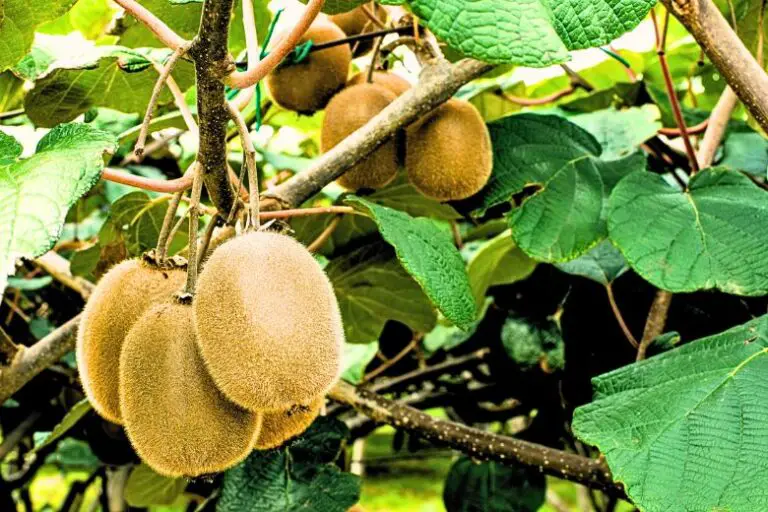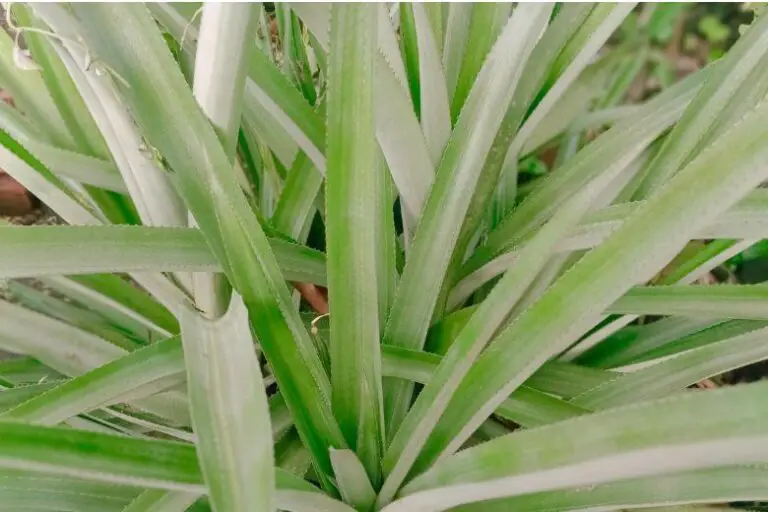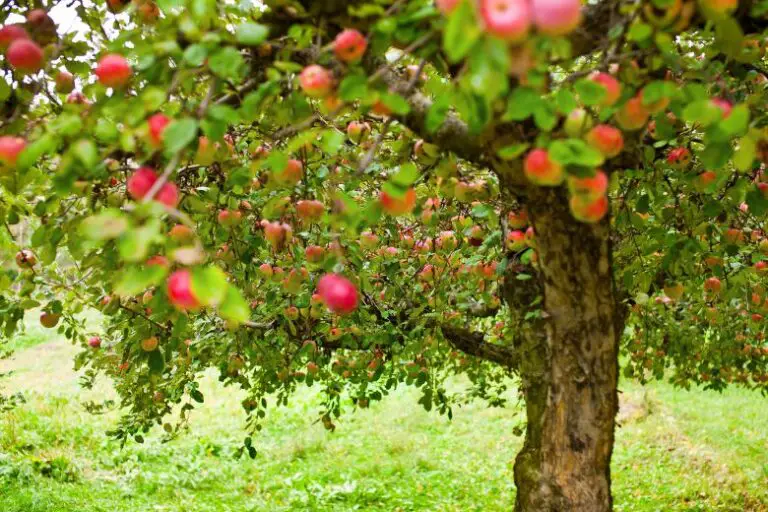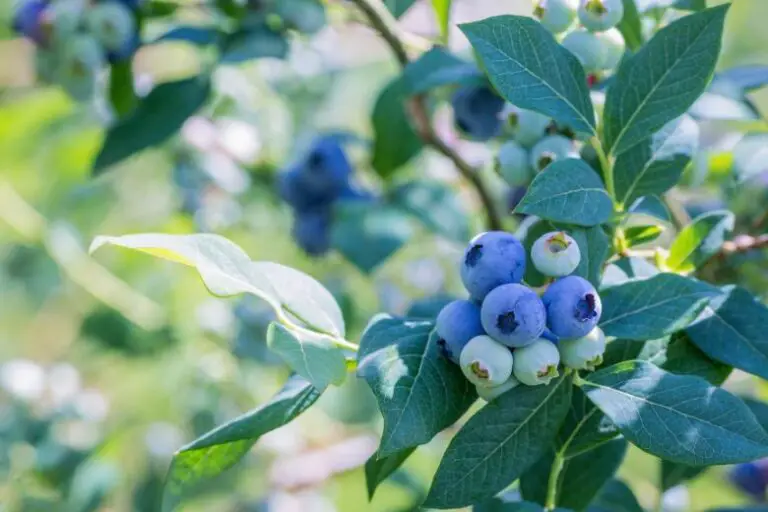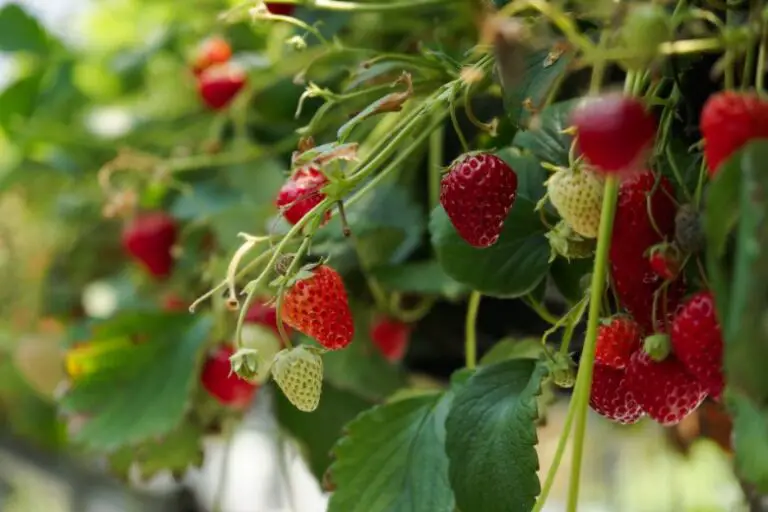How long does it take for starfruit trees to bear fruit?
Starfruit, also known as carambola, is a unique tropical fruit that is increasingly gaining popularity due to its distinct shape and refreshing flavor. If you’re an avid gardener or fruit enthusiast, you might be interested in growing your starfruit tree and savoring its delectable fruits.
However, like any fruit-bearing plant, starfruit trees require time and care before they can produce their first harvest. In this article, we’ll explore the factors that influence the time it takes for starfruit trees to bear fruit, along with essential tips for growing and caring for these tropical wonders.
What is a starfruit tree?
Before we delve into the fruiting time, let’s briefly introduce the starfruit tree. The starfruit tree, scientifically known as Averrhoa carambola, is a small to medium-sized evergreen tree native to Southeast Asia and the Indian subcontinent. It belongs to the Oxalidaceae family and is prized for its edible, waxy, and yellow-green fruits that resemble a star when sliced, hence the name “starfruit.”
Varieties of starfruit trees
There are several starfruit tree varieties cultivated around the world, each with its unique characteristics and flavor profiles. The most commonly grown cultivars include:
- Arkin: Known for its sweet taste and small seeds.
- Fwang Tung: Exhibits a tart flavor and is often used in cooking.
- Daisy: A popular choice for its mild sweetness and minimal acidity.
Growing conditions for starfruit trees
Climate requirements
Starfruit trees thrive in tropical and subtropical climates, where temperatures do not drop below 32°F (0°C). They can be grown outdoors in regions with mild winters and hot summers, such as Florida, Hawaii, and parts of California.
Soil requirements
Starfruit trees prefer well-draining soils that are slightly acidic to neutral (pH 5.5 to 7.5). Sandy loam or loamy soils with good organic content are ideal for their growth.
Sunlight and water needs
These fruit-bearing trees thrive in full sunlight and require at least 6 to 8 hours of direct sunlight daily. Adequate water is essential during the growing season, but they are moderately drought-tolerant once established.
Propagation methods
Starfruit trees can be propagated through two primary methods:
Growing starfruit from seeds
Starting starfruit trees from seeds is a viable option, but it requires patience as they may take several years to bear fruit. However, this method allows for genetic diversity, resulting in potentially unique fruit characteristics.
Growing starfruit from cuttings
Propagating starfruit trees from semi-hardwood cuttings is a faster method to obtain fruit-bearing trees. Select healthy branches, dip them in rooting hormone, and plant them in a suitable rooting medium. With proper care, the cuttings should develop roots within a few months.
Time it takes for starfruit trees to bear fruit
The time it takes for starfruit trees to bear fruit can vary based on several factors.
Factors affecting fruiting time
Several factors influence how long it takes for starfruit trees to bear fruit:
- Age of the tree: Younger trees take longer to bear fruit compared to mature ones. Generally, starfruit trees start producing fruits when they are 3 to 5 years old.
- Growing conditions: Trees planted in optimal conditions with ample sunlight, water, and nutrients tend to fruit earlier than those in unfavorable environments.
- Variety: Different starfruit cultivars have varying fruiting times. Some may produce fruits sooner than others.
- Pruning and care: Proper pruning and care can promote flowering and fruiting in starfruit trees.
Average time to bear fruit
On average, starfruit trees start bearing fruit approximately 3 to 5 years after planting. However, in some cases, with optimal conditions and care, they may produce fruit as early as 2 years.
Caring for starfruit trees
Caring for starfruit trees is essential to ensure healthy growth and abundant fruit production.
Pruning and shaping
Regular pruning helps maintain the shape of the tree, promotes air circulation, and stimulates new growth. Prune away dead or diseased branches and shape the tree to encourage sunlight penetration.
Fertilization
Fertilize starfruit trees with a balanced, slow-release fertilizer high in potassium and magnesium. Apply fertilizer during the growing season, following the manufacturer’s instructions.
Pest and disease management
Monitor your starfruit tree regularly for common pests like aphids, scale insects, and fruit flies. Use organic pest control methods whenever possible to protect beneficial insects and avoid chemical residues on the fruit.
Harvesting and using starfruit
When and how to harvest
Starfruits should be harvested when they are fully ripe to ensure optimal sweetness and flavor. Wait until the fruit turns completely yellow and develops a few brown spots on the skin.
Culinary uses of starfruit
Starfruit is a versatile fruit that can be enjoyed in various culinary preparations. It can be eaten fresh as a snack, sliced and added to salads, used as a garnish, or juiced to create refreshing beverages.
Health benefits of starfruit
Nutritional profile
Starfruit is low in calories and a rich source of essential nutrients such as vitamin C, vitamin A, potassium, and dietary fiber. It also contains antioxidants that contribute to overall health.
Potential health benefits
Consuming starfruit may offer various health benefits, including improved digestion, boosted immune function, and support for heart health. Its high vitamin C content contributes to skin health and collagen production.
Fun facts about starfruit
- Starfruit trees can reach a height of up to 30 feet (9 meters).
- The fruit’s taste can range from sweet to tart, depending on the variety and ripeness.
- In some cultures, starfruit is believed to bring good luck and symbolize happiness.
Conclusion
Growing starfruit trees can be a rewarding experience for any fruit enthusiast. While the time it takes for these trees to bear fruit may require patience, the wait is worth it once you savor the sweet, tangy flavor of freshly picked starfruit. By providing the right growing conditions and care, you can ensure the success of your starfruit tree and enjoy its harvest for years to come.


